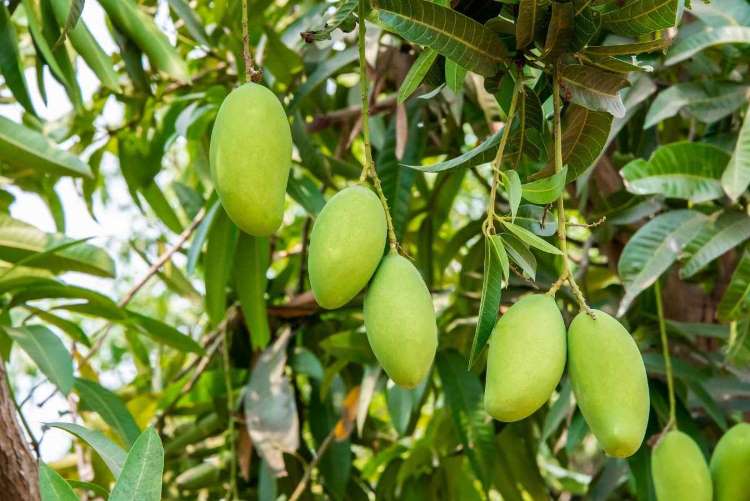
The Mahatma Gandhi National Rural Employment Guarantee Act (MGNREGA) is one of the government schemes that have made a difference in the lives of citizens, and contributed to the development of the Indian economy. The MGNREGA is supporting a wide variety of projects across India. The success stories include digging of wells in Jharkhand and revival of waterbodies in several parts of the country. Jharkhand has been in the forefront of creating value from MGNREGA funds. The state’s thriving mango plantations also bear testimony to the efforts of the state government to improve the lot of farmers.
MGNREGA was introduced by the Manmohan Singh government to provide guaranteed employment to rural households. The scheme aims to enhance the livelihood security of rural people by guaranteeing at least 100 days of wage employment in a financial year to every household whose adult members volunteer to do undertake manual work.
During the last six years or so, the Jharkhand government (inspired by earlier NGO initiatives) has been trying to tap the mango opportunity under the Birsa Harit Gram Yojana (BHGY). BHGY is a state scheme implemented under the umbrella of MGNREGA. By 2020-21, mango plantations under the BHGY covered more than 25,000 acres in Jharkhand. The farmers have also managed to keep the saplings alive and not just planting them, like in the case of several government schemes introduced for the same purpose.
READ | Funding freeze: Govt must create startups friendly environment

In fact, a majority of the saplings are alive and well, according to the state’s Social Audit Unit. The annual mortality rate of mango saplings is around 13% up to the fifth year, and negligible after that, according to the social audits of more than 18,000 BHGY projects. This means 57% of the saplings survive for good. Independent researchers have vouched for the credibility of the same. While farming is often considered a less profitable and at times loss making enterprise, the estimated internal rate of return of BHGY projects on mango plantations is higher than most financial instruments.
This financial rate of returns is after counting all costs and benefits at face value, whether they are borne by the government or the landowner. The same is higher for the landowner as the government bears most of the initial costs under MGNREGA. The cherry on the top is added social costs and benefits in terms of environmental and nutritional benefits.
Even after attractive returns, farmers were reluctant to grow mangoes in Jharkhand earlier. With the BHGY scheme under MGNREGA, farmers are supported with the required knowledge and inputs to grow mangoes. Also, farmers earlier had lesser risk appetite as the returns come after a gap of five years; but with MGNREGA, farmers have been enabled to make productive investments normally beyond their reach. It is not just a welfare scheme, but a sound economic venture.
Leveraging MGNREGA potential
While it is not right to say MGNREGA is a magic potion for all the employment woes of the country, it sure has the potential to make tremendous contribution to rural development in states like Jharkhand. However, to make things work, the government must look into fixing corruption in the system which continues to plague the programme. The government must also help locals identify other potential products which can be heavily commercialised. For example, other minor forest products including mahua, tendu, bamboo, lac, mushrooms, honey, gum, etc can also benefit from the mango model.
There are other activities as well such as agriculture, livestock, pisciculture, horticulture, and crafts which can benefit from MGNREGA. According to analysts and policymakers, the opportunities are wide to leverage the scheme. While MGNREGA provides employment opportunities to rural households, it can also be used to create value in various ways such as livelihood diversification and generating additional income for rural households by reducing their dependence on agriculture, and promoting entrepreneurship and innovation.
The MGNREGA funds can also be utilised towards developing infrastructure such as roads, bridges, and buildings which in turn will improve connectivity, access to markets, and basic amenities and hence boost economic activity in the region. As water is becoming increasingly scarce, the government must also look towards strengthening water conservation prospects and create structures such as check dams, ponds, and wells. This will ensure better water availability for agriculture, livestock, and domestic use.
The government has been pushing for skilling India with its Skill India mission and aligning MGNREGA with skill development may also bear fruits. NREGA funds can be used to promote skill development by providing training in various areas such as construction, agriculture, and livestock management. This will enhance employability and productivity of rural workers and provide them access to better-paying jobs.

